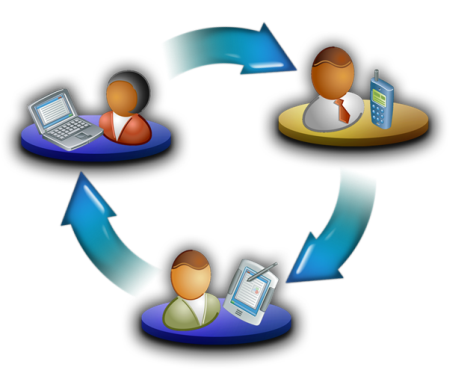Microsoft Sync Framework
By admin on Sep 2, 2009 in .NET
Microsoft Sync Framework is a comprehensive synchronization platform that enables collaboration and offline access for applications, services and devices. It features technologies and tools that enable roaming, sharing, and taking data offline. Using Microsoft Sync Framework, developers can build sync ecosystems that integrate any application, with any data from any store using any protocol over any network.
A key aspect of the Microsoft Sync Framework is the ability to create custom synchronization providers. A provider is a software component that represents a replica for synchronization. A replica is a particular repository of information to be synchronized, such as a file system on a handheld device. When representing a data source, a provider enumerates changes from its replica. When representing a destination, a provider applies changes to its replica. If the data at the source and destination differ in type or schema, each provider performs any necessary mapping or transformation.
Microsoft Sync Framework includes a number of providers that support common data sources. Although you can write custom providers for these data sources, it is recommended that you use the providers that we supply wherever possible. This can minimize development time and enable you to reuse existing tested code. The following providers are included:
- Sync Services for ADO.NET: Synchronization for ADO.NET enabled data sources
- Sync Services for File Systems: Synchronization for files and folders
- Sync Services for FeedSync: Synchronization for RSS and ATOM feeds
Developers can ultimately use any of the providers supplied or can create custom providers to exchange information between devices and applications.


1 Trackback(s)
Sorry, comments for this entry are closed at this time.